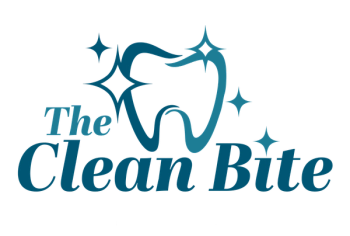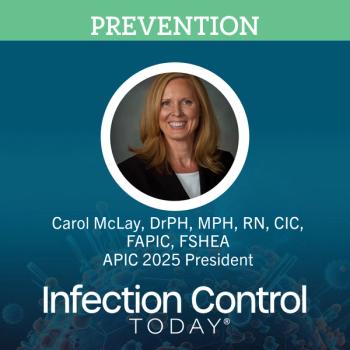
Unraveling Prions: A Critical Guide for Health Care Workers to Combat Rare Diseases
Explore the enigmatic world of prions with insights from Ryan A. Maddox, PhD, from the CDC, as ICT® delves into handling, risks, and precautions for these rare, formidable proteins.
To protect patients, all health care workers should know even rare diseases that could present in their facility and how to handle them when they do. One of those rare disease families is prions. The CDC describes them as “
To learn more about prions, Infection Control Today® (ICT®) spoke with Ryan A. Maddox, PhD, senior epidemiologist and the deputy chief of the Prion and Public Health Office in the Division of High-Consequence Pathogens and Pathology in the National Center for Emerging and Zoonotic Infectious Diseases for the CDC.
“
Maddox explains other types of prions, beginning with Variant CJD. “The other most famous one is variant CJD. Unfortunately, a very similar name but a different disease. These of course, are both prion diseases. Variant CJD, however, is the human prion disease linked to the animal prion disease, bovine spongiform encephalopathy, or BSE, more commonly known as mad cow disease. Variant CJD is believed to be caused by consumption of beef from a cow that might have BSE handful; those cases have also been transmitted through the blood.”
Another prion that Maddox explains is Kuru. “Kuru…fortunately, isn't around much anymore, if at all, [is] caused by ritualistic cannibalism among a tribe in Papua New Guinea, and so that one was one of the earlier known prion diseases. There are also genetic forms of the disease attributed to genetic mutations that would include diseases like Gerstmann-Straussler-Scheinker Syndrome (GSS), Fatal Familial Insomnia, and familial CJD. There are genetic forms. There are forms caused by external sources like variant CJD, and then there are sporadic forms that disappear spontaneously. Most cases of CJD are sporadic. We don't know of any mechanism for transmission causing those diseases.”
To discuss how the sterile processing department handles instruments used on a patient with a prion disease, Maddox explains, “The problem with prions in general as an infectious agent is they are much harder to destroy than a virus or a bacteria. And there are stringent sterilization procedures that can be done to inactivate and make those instruments okay to use again. Unfortunately, some of those recommendations damage or destroy the instruments in the process. So that's the disclaimer there. But we [the CDCD] list
Listen to the interview above to learn more about prions and what health care workers should know about them.
(Quotes have been edited for clarity.)
Newsletter
Stay prepared and protected with Infection Control Today's newsletter, delivering essential updates, best practices, and expert insights for infection preventionists.





